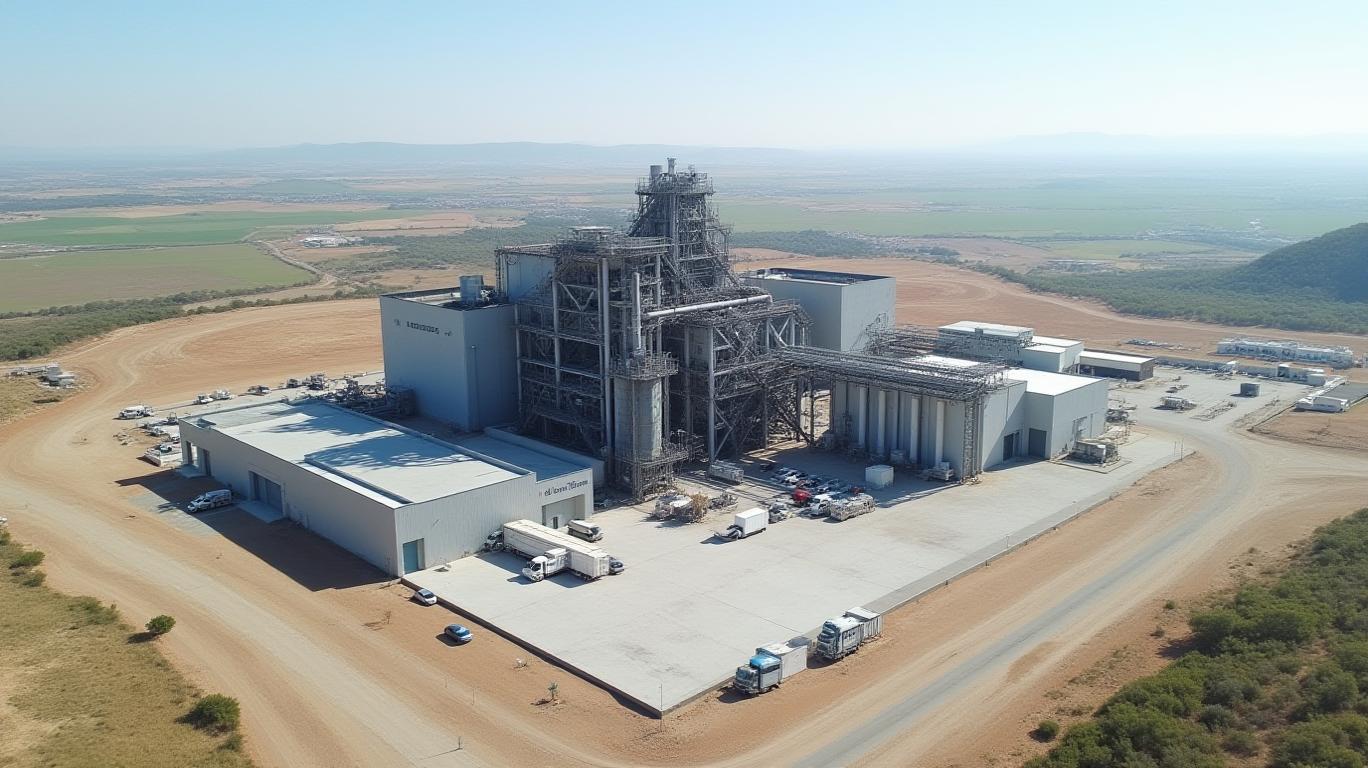Alcoa’s Q2 Outlook: Navigating Tariffs and Power Risks Amid Resilient Demand
Alcoa Corporation (NYSE: AA) faces a dual challenge in Q2 2025: balancing strong demand for its aluminum products against escalating risks from U.S. tariffs and a catastrophic power outage in Spain. While the company’s order book reflects robust activity in key markets, the unexpected grid failure at its San Ciprián smelter has introduced significant uncertainty. The outcome hinges on Alcoa’s ability to manage near-term disruptions while executing long-term strategies to solidify its position in a volatile sector.
A Mixed Q2 Picture: Demand Strength vs. Operational Headwinds
Alcoa’s Q2 order book shows resilience in value-added products (VAP), with North American shipments rising sequentially and year-over-year. Analysts attribute this growth to strong automotive and industrial demand, though executives caution that some activity may stem from pre-tariff stockpiling. Meanwhile, European VAP volumes remained stable, supported by improved rod and slab demand.
However, the foundry segment—critical to the automotive market—faces significant headwinds. U.S. Section 232 tariffs on Canadian aluminum imports, which impose a 25% duty, have dampened customer confidence. Alcoa estimates these tariffs cost the company $90 million annually, with Q2 impacts exacerbated by the San Ciprián outage.

Spain Outage: A Catalyst for Costs and Strategic Shifts
The April 28 country-wide power outage in Spain crippled Alcoa’s San Ciprián complex, halting both the 228,000-metric-ton smelter and the 1.5-million-metric-ton refinery. The incident caused 60% of the smelter’s potlines to drop below 700°C, risking irreversible damage to molten aluminum cells. Repairing frozen cells could cost $500,000–$1 million each, with full recovery expected to take 3–6 months. Analysts now project a $100–$200 million EBITDA hit for Q2, eroding the company’s cash reserves.
The outage also exposed vulnerabilities in Spain’s energy grid, which relies on 45% renewable energy. Alcoa’s response includes a $200 million investment through 2030 to bolster grid resilience, including microgrids and backup generation. CEO William Oplinger emphasized that the incident underscores the need for “proven protocols and energy diversification.”
Risks and Opportunities Ahead
- Tariff Uncertainty: The U.S. Section 232 tariffs remain a wildcard. If reversed or extended, they could either alleviate cost pressures or further strain Alcoa’s margins.
- Alumina Market Dynamics: Over 80% of Chinese alumina refineries are operating at a loss, potentially curbing supply and stabilizing global prices—a positive for Alcoa’s Aluminum segment.
- Energy Costs: Rising power prices in Spain (up 18% YoY in 2024) and input tariffs from China could add $10–$15 million annually in costs.
Why Investors Should Pay Attention
Alcoa’s $1.2 billion cash reserves provide a buffer against near-term headwinds, while its vertically integrated operations offer a competitive edge. The company’s push to commercialize zero-carbon smelting via its ELYYSIS technology by 2030 positions it to capitalize on the decarbonization trend, which could reduce long-term energy risks.
Conclusion: A Stock to Watch Amid Volatility
Alcoa’s Q2 results are a microcosm of the broader aluminum industry’s challenges: energy dependency, geopolitical trade wars, and climate-driven innovation. While the Spain outage and tariffs pose near-term risks, the company’s financial flexibility and strategic investments in grid resilience and clean tech suggest it’s well-positioned to navigate these hurdles.
Key data points to watch:
- San Ciprián restart timeline: A 6-month recovery would limit production losses to ~$228 million; delays beyond 9 months could push costs closer to $570 million.
- Midwest premium trends: A sustained rise above $0.30/lb would offset tariff costs, easing margin pressure.
- Cash reserves: Alcoa’s $1.2 billion provides a 12-month buffer against EBITDA hits, but sustained losses could test its investment-grade leverage ratios.
For investors, Alcoa offers a high-risk, high-reward bet on an industry critical to global decarbonization. While near-term volatility is inevitable, the stock’s pre-outage valuation at $25.40 suggests markets have yet to fully price in its long-term opportunities. Stay tuned for Q2 earnings updates and grid reform progress in Spain.

Comments
No comments yet